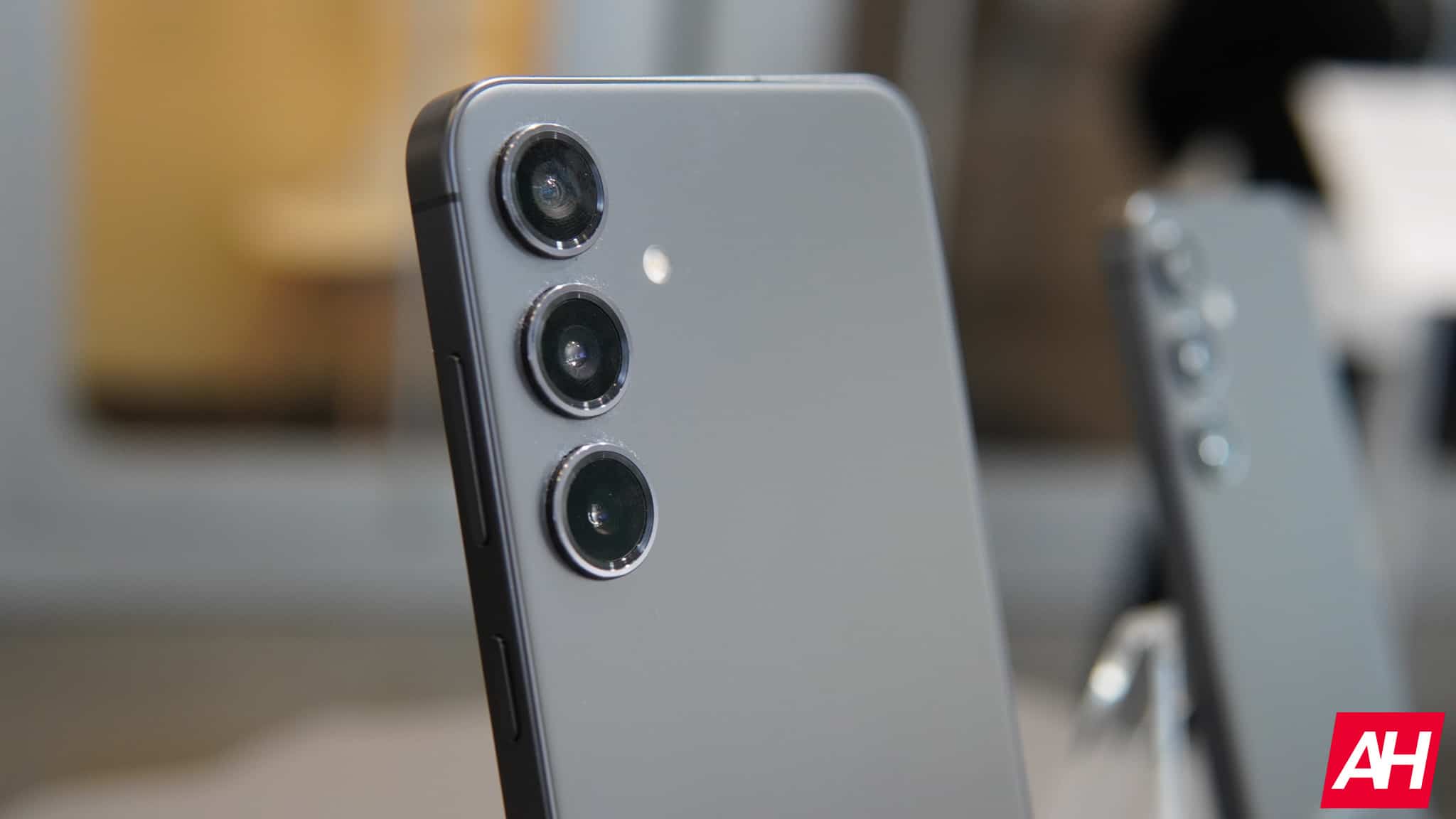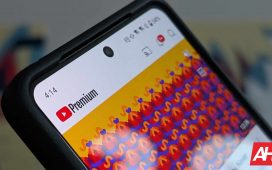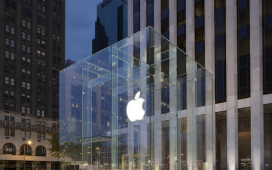This time around, we’re comparing two rather compact smartphones. We’ll be comparing the Google Pixel 9a vs Samsung Galaxy S24 specs. The Pixel 9a is Google’s latest budget smartphone, while the Galaxy S24 was Samsung’s most powerful compact phone for last year. The Galaxy S25 took the mantle earlier this year. All in all, this should be a rather interesting comparison.
With that being said, we’ll kick things off by listing the specs of both phones. Following that, we’ll check out their designs, then displays, performance, battery life, cameras, and finally audio output. In case both of these phones are within your grasp, and you’re trying to decide. Well, read on.
Specs
Google Pixel 9a vs Samsung Galaxy S24, respectively
– Screen size:
6.3-inch pOLED display (120Hz, HDR, 2,700 nits)
6.2-inch Dynamic AMOLED 2X (flat, 120Hz, 2,600 nits max brightness)
– Display resolution:
2424 x 1080
2340 x 1080
– SoC:
Google Tensor G4
Qualcomm Snapdragon 8 Gen 3 for Galaxy / Samsung Exynos 2400
– RAM:
8GB
8GB (LPDDR5X)
– Storage:
128GB/256GB (UFS 3.1)
128GB (UFS 3.1)/256GB/512GB (UFS 4.0)
– Rear cameras:
48MP (wide, f/1.7 aperture, 1/2.0-inch sensor size, Dual Pixel PDAF, OIS), 13MP (ultrawide, f/2.2 aperture, 120-degree FoV, 1/3.1-inch sensor size)
50MP (wide, f/1.8 aperture, 1/1.56-inch sensor, OIS, Dual Pixel PDAF), 12MP (ultrawide, 120-degree FoV, f/2.2 aperture, 1/2.55-inch sensor, 1.4um pixel size), 10MP (telephoto, f/2.4 aperture, OIS, PDAF, 1/3.94-inch sensor, 3x optical zoom)
– Front cameras:
13MP (f/2.2 aperture, 96.1-inch sensor size)
12MP (wide, f/2.2 aperture, Dual Pixel PDAF, 1/3.2-inch sensor size, 22mm lens)
– Battery:
5,100mAh
4,000mAh
– Charging:
23W wired, 7.5W wireless (charger not included)
25W wired, 15W wireless, 4.5W reverse wireless (charger not included)
– Dimensions:
154.7 x 73.3 x 8.9mm
147 x 70.6 x 7.6mm
– Weight:
185.9 grams
167/168 grams
– Connectivity:
5G, LTE, NFC, Wi-Fi, USB Type-C, Bluetooth 5.3
– Security:
Under-display fingerprint scanner (optical)
In-display fingerprint scanner (ultrasonic), facial scanning
– OS:
Android 15
Android 14 with One UI 6.1
– Price:
$499+
$799.99+
– Buy:
Google Pixel 9a (Amazon)
Galaxy S24 series (Samsung)
Google Pixel 9a vs Samsung Galaxy S24: Design
These two phones do look considerably different. Yes, they both have flat displays and a centered display camera hole up top. The thing is, the bezels around the Galaxy S24’s display are considerably thinner. On top of that, its display camera hole is smaller too, plus it sits a bit higher up. Both devices do offer uniform bezels, though, so that’s something. Both of them also have a flat frame all around.
The only physical buttons sit on the right-hand side of both phones. They have different placements, however. The Pixel 9a has the power/lock key above the volume up and down buttons, while it’s the other way around on the Galaxy S24. If we flip them around, you’ll notice even more differences. The Pixel 9a has a pill-shaped camera cutout in the top-left corner, with two cameras. It is vertically aligned, by the way.. Those cameras do not protrude, only the trim around them does.
The Galaxy S24, on the other hand, has three separate protrusions on the back, in the top-left corner. They are vertically-aligned, and both of them are reserved for cameras. Both phones use aluminum for their frames, but their backplates are different. The Pixel 9a has plastic on the back, while the Galaxy S24 includes metal. Both devices are IP68 certified for water and dust resistance, though.
The Pixel 9a has a slightly larger display, but it’s considerably taller, wider, and thicker. It does have considerably thicker bezels, as mentioned earlier. The Galaxy S24 is 19 grams lighter than the Pixel 9a. Both phones are quite slippery, but the Galaxy S24 is easier to use with one hand.
Google Pixel 9a vs Samsung Galaxy S24: Display
The Pixel 9a includes a 6.3-inch fullHD+ (2424 x 1080) pOLED display. That panel supports HDR content, and it has a refresh rate of up to 120Hz. The peak brightness here is 2,700 nits. The screen-to-body ratio is around 83%, and the display is flat. The display aspect ratio is 20:9. There is Gorilla Glass 3 placed on top of this panel, in case you were wondering.

The Galaxy S24, on the other hand, includes a 6.2-inch display. That display is flat, and it offers a fullHD+ (2340 x 1080) resolution. It’s a Dynamic LTPO AMOLED 2X display with an adaptive refresh rate of up to 120Hz. The peak brightness here is 2,600 nits, while HDR10+ content is supported. The screen-to-body ratio is around 91%, while the display aspect ratio is 19.5:9. Corning’s Gorilla Glass Victus 2 protects this panel.
Both of these displays are really good. They’re both vivid, have good viewing angles, and touch response. The blacks are as deep as you’d expect them to be, and both panels are sharp enough. The Galaxy S24’s panel does have a huge advantage in terms of display protection. The Gorilla Glass Victus 2 is way better when it comes to protection against drops, while it’s also less prone to microscratches than the Gorilla Glass 3.
Google Pixel 9a vs Samsung Galaxy S24: Performance
The Google Tensor G4 fuels the Pixel 9a. That is Google’s 4nm processor, the most powerful Google has to offer at this point in time. That chip is paired with 8GB of RAM and UFS 3.1 flash storage. The Samsung Galaxy S24 is fueled by the Snapdragon 8 Gen 3 for Galaxy or Exynos 2400 chips. Both of those are 4nm chips, and we’ve used the Snapdragon version. That is an overclocked variant of the Snapdragon 8 Gen 3. That chip is paired with 8GB of LPDDR5X RAM here, while UFS 4.0 storage is also used. Well, in all variants except the 128GB storage one, Samsung opted for UFS 3.1 flash storage there, for whatever reason.
Both of these smartphones do perform really well. The Galaxy S24 is the more powerful smartphone in comparison, no doubt about that. However, in day-to-day use, both of them deliver, that’s for sure. You will never feel like either one of them is too slow, they’ll feel snappy enough, no doubt about that.
What about gaming? Well, the Galaxy S24 is the better phone for that. When it comes to lower-end and mid-range games, both of them do the job in a similar fashion. In terms of high-end games, however, the Galaxy S24 shines more, definitely. While heat was a part of the equation, of course, it was never a problem. Neither phone overheated for us or anything like that.
Google Pixel 9a vs Samsung Galaxy S24: Battery
The Google Pixel 9a includes a 5,100mAh battery on the inside, while the Galaxy S24 comes with a 4,000mAh battery pack. Yes, the Pixel 9a has a slightly larger display, but it also includes a much larger battery pack. When it comes to battery life, the Pixel 9a easily wins here. The Galaxy S24 does deliver a much better battery life than the Galaxy S23, but it simply cannot measure up to the Pixel 9a.
Both of these smartphones will likely be able to last for a full day for most people. However, if you’re a more demanding user, the Pixel 9a does come ahead. Do note that you can really hammer down both smartphones with demanding games and so on. In other words, your mileage may vary depending on your usage, as is the case with any other smartphone. The bottom line is, both of them do offer good battery life.
The Pixel 9a supports 23W wired and 7.5W wireless charging. The Galaxy S24, on the flip side, supports 25W wired, 15W wireless, and 4.5W reverse wireless charging. The Pixel 9a takes over an hour and a half to fully charge, usually about 95-96 minutes. The Galaxy S24 will charge in about an hour and 15 minutes. Do note that neither of these two phones comes with a charger in the box, though.
Google Pixel 9a vs Samsung Galaxy S24: Cameras
The Google Pixel 9a includes two cameras on the back. It has a 48-megapixel main camera (1/2.0-inch sensor size) and a 13-megapixel ultrawide camera (1/3.1-inch sensor size, 120-degree FoV). The Galaxy S24, on the other hand, has three cameras. A 50-megapixel main camera (1/1.56-inch sensor size) is backed by a 12-megapixel ultrawide camera (1/2.55-inch sensor size, 120-degree FoV) and a 10-megapixel telephoto camera (1/3.94-inch sensor size, 3x optical zoom).

These two smartphones deliver considerably different results. The Pixel 9a images have that Pixel photo look, a contrasty look. It usually does a really good job, but it can vary due to processing and the fact this sensor is even smaller than the one in the Pixel 8a. The Pixel 9a does offer better results, and it’s more reliable. Noise can be a problem too, which is usually a problem in low light.
The Galaxy S24, on the flip side, can oversaturate images from time to time and also throw a bit too much sharpening in a photo. Other than that, it does a really good job, in both daylight and low light. Neither ultrawide camera is not all that great, in all honesty, especially in low light. Using their main cameras is definitely recommended.
Audio
Both the Pixel 9a and Galaxy S24 have stereo speakers. Both of them do offer good sound output, while they’re also loud enough. There’s really no complaint there. They’re not as good as some flagship speakers (on phones) these days, but they’re good enough.
Neither phone offers an audio jack, but you can use their Type-C ports to connect your headphones. If you prefer wireless audio, Bluetooth 5.3 is supported on both smartphones, so no problems there.










